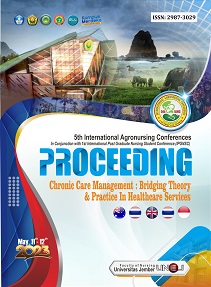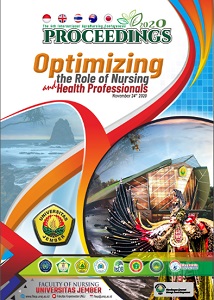IMPLEMENTATION OF HYGIENIC FISH MARKET MODEL AND ITS IMPLICATION ON MARKET STRUCTURE AND MARKETING EFFICIENCY OF SEA FISH IN JEMBER REGENCY
Abstract
The increasing trend of fishery business development in Jember Regency, in fact not
accompanied by a decent Fishermen's (proportional) Exchange Rate. This is due to the
limited fishermen to access market opportunities, technology, and easy capital, so that the
fishermen have not enjoyed much real results. This condition is caused by the production of
the catch is still low, the quality of the fish has not met the standard, the price of fish is low
and the lack of support from the business world as well as the prerequisite condition of the
fish market facilities and infrastructure are clean, so less attract consumers to come buy. The
purpose of this research is to analyze the impact of the implementation of marketing strategy
model of marine fish marketing through hygienic fish market to new market structure,
marketing channel pattern, and marketing efficiency of marine fish in Jember Regency. In
order to achieve the purpose of this research, it is used descriptive quantitative and
qualitative research methods through survey technique of acidental sampling and
snowbolling sampling. Types of population in this study are Fishermen, Traders including
groups who are members of Poklaksar, and Consumers. The data collection techniques used
FGD, Indepth Interview and observation. Data analysis used included descriptive analysis,
and marketing margin. The results of the research conclude: 1) Market structure in Hygienic
Fish Market model in Jember Regency is classified as Monopolistic Market which is more
aimed at oligopoly market, 2) Pattern of marine fish marketing channel that occur in hygienic
fish market model is covering three kinds of marketing channel pattern, and 3) Hygienic Fish
Market Model can provide a fairly high share of Fisher (Farmer's share) margin (58.95%),
meaning that the marketing of marine fish model has been achieved Efficiency.









